Church of Providence

2020 photo from their Facebook page
2017 photo from their Facebook page
2019 photos from their Facebook page
1870-1957
Township of Lake View
Sanborn Fire Insurance Map
photos - Art Institute of Chicago

What happens to a church when the congregation moves on? There are four basic answers: demolition, abandonment (which often leads to demolition), reuse (by a new congregation), or adaptation. Adaptation is rare. Church sanctuaries are suited to their particular purposes: the frequent meeting of a large group of people witnessing a singular recurring event. Functionally speaking, the only similar purposes in modern society are movies and plays, and the world only needs so many playhouses. Most adaptations require some radical alterations to the space. Nobody likes to see the grand space of a church sanctuary obliterated, but if the alternative is the complete loss of the building, it seems like a palatable trade-off. And, surprisingly enough, it is a compromise that’s been made quite a few times in Chicago
this maybe the second church based on the maps below
'The Ravenswood Congregational Church was founded in the fall of 1869 by the Reverend William A. Lloyd when Ravenswood was a small village. The church closed its doors due to declining membership in 1969. The Ravenswood Congregational Church was founded in the fall of 1869 by the Reverend William A. Lloyd. It was the first Protestant church in the new community of Ravenswood. In 1870 the church was granted a charter by the New England Congregational Union. Membership of the church was only eight people at the time. In the early 1870s, a building was erected on the northeast corner of Sulzer Road and Commercial Street (Montrose and Hermitage avenues). In 1885 the church was remodeled into a larger structure which included a parsonage. Additional construction changes took place in 1917 and again in 1923. The church then became known as "the church of the lighted cross," due to the revolving lighted cross atop the steeple, a unique feature not frequently found on church edifices during this period.'
image - Ebay

the building was retro-fitted

LINCOLN PARK — A proposal to add a seven-story apartment
building to a by a 120-year-old church — while retaining its worship space —
cleared Chicago’s City Council on Wednesday. The plans include renovating
Second Church of Christ Scientist at 2700 N. Pine Grove Ave. by knocking down
the rear of the building and adding a new, seven-story tower with 26 apartments
and 30 parking spaces, according to a presentation by the church’s attorney
during a previous zoning committee meeting. The renovations would downsize the
church’s building while maintaining the original front, east and west sides of
the building, the attorney said. But the cathedral and the large dome on the
ceiling at the rear of the building would have to be taken down to make room
for the apartments, according to plans. What’s now the building’s front foyer
will be used as the new worship space.
656 W Barry Avenue

.jpg)

April 13, 2015
(but still at Lincoln Avenue location as of 2021)
The Church of Scientology of Chicago, also known as the Hubbard Dianetics Foundation, located at 3011 N. Lincoln Ave. in Lakeview, is relocating to a 50,000-square-foot, six-story building on Printer’s Row at 650 S. Clark St. The Church of Scientology of Chicago opened its original facility on Lincoln Avenue in 1974. The church will continue to operate out of its current location until renovations to the Clark Street location between Polk and Harrison streets are completed, said Rebecca Cusano, director of public relations for the Church of Scientology of Chicago in an emailed statement. Cusano has been a member of the church for 23 years. Renovations to the new location are expected to be completed at the beginning of 2016, Cusano said. The church’s official grand opening date has not yet been decided, she said.
Located in the gymnasium of Nettelhorst School

In January of 2002 Grace Chicago Church began with a
small group of people who wanted to establish a church that was focused on
bringing the historic Christian faith into conversation with our contemporary
context. From the beginning, Grace's mission statement, to seek the good of
individuals and the welfare of the city by embracing the good news of God's
redemptive promise, has guided us in how we do that.
an aerial Google view of the building
above/below photos from ...
Alicia Fontanetta via Pictures of Chicago-Facebook
Outside the city, however, other communities were growing. Suburban areas like Ravenswood and Lake View would eventually be annexed by their burgeoning neighbor… but not before they erected a number of churches that, unlike their Chicago cousins, could still be built of wood. A number of these older buildings dot the Ravenswood area. One is a landmark. Others are less well known, and evoke the feeling of a small town church, something you’d expect to find a stone’s throw from farmers’ fields. Mostly they are simple in style, lacking elaborate detailing, substituting plain cathedral glass for stained glass designs or just dispensing with the whole colored window thing altogether. - Chicago Sojourn

RAVENSWOOD — The restoration of Ravenswood's All Saints' Episcopal Church has earned the building a prestigious honor from Landmarks Illinois. The church, 4550 N. Hermitage Ave., was named one of nine recipients of the 2017 Richard H. Driehaus Preservation Award, which will be officially presented at a gala event in September. The award honors "outstanding examples of excellence in Illinois historic preservation," with winners exemplifying "extraordinary stories of people saving special places," according to the announcement. Built in 1884 and considered the oldest wood-frame church in Chicago, All Saints is an anchor of the Ravenswood community — at one point its bell tower was used to summon the area's volunteer firefighters to duty. But by the 1980s, the congregation's membership had plummeted to just 30 parishioners and All Saints, having already survived two fires, faced the possibility of closure.
New leadership arrived in the 1990s and the reinvigorated congregation, now numbering in the hundreds, undertook the building's restoration in the early 2000s. The project involved major structural work, including replacing the building's wooden foundation with concrete and stabilizing the bell tower with a system of steel straps. In 2014, crews turned their attention to the church's exterior, which had been covered in stucco in 1917. The underlying stick-style architecture — designed by John Cochrane, who's also responsible for the state Capitol buildings in Illinois and Iowa — was uncovered piece by piece and meticulously returned to its original beauty.
2016 photos Paul Mallatt via Picture of Chicago-Facebook & their Facebook pagge

2018 photo - Fredmidthum via Instagram2016 image Paul Mallatt via Picture of Chicago-Facebook

The Summerdale Congregational Church developed from a Sunday school organized to meet in the Summerdale railway station at Berwyn and the Chicago Northwestern tracks in May of 1889. This was a short time before the township of Lake View became a part of Chicago. Later, the school moved to a factory building nearby where crates and planks furnished the seats. The Ravenswood Church donated old pews, a small organ and a number of hymn books. After moving from a home on Lincoln Street, the church group took shelter in a storefront on Ravenswood at Farragut called the Wager Hall. Read more from the link above.
photos below - DNAinfo


 photos - Julie Kay Nelson
photos - Julie Kay Nelson

 An Uncertain Future in 2017
An Uncertain Future in 2017
photos - Julie Kay Nelson
Important Note:
These posts are exclusively used for educational purposes. I do not wish to gain monetary profit from this blog nor should anyone else without permission for the original source - thanks!



























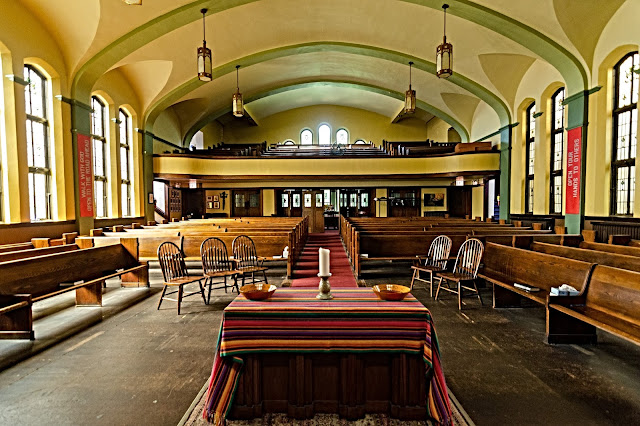

















.jpg)










































.jpg)

































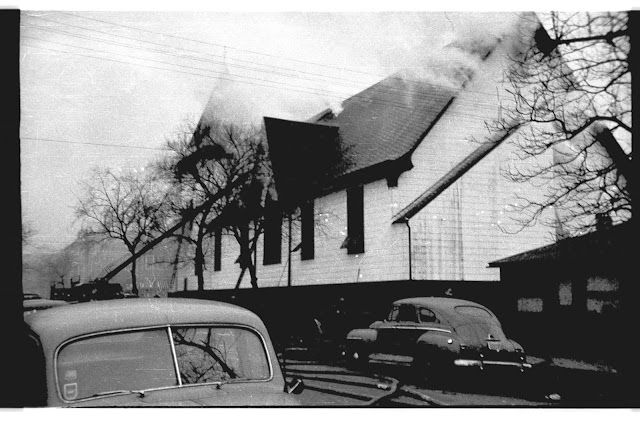

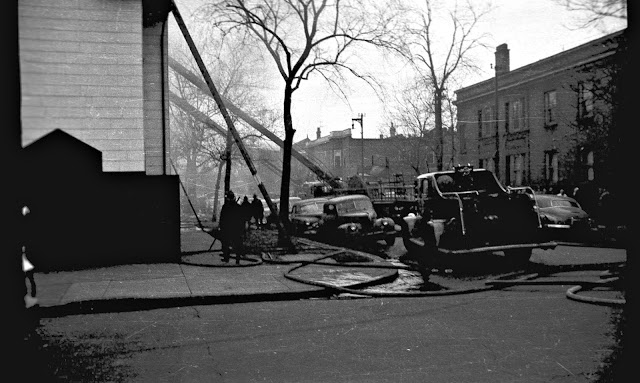








































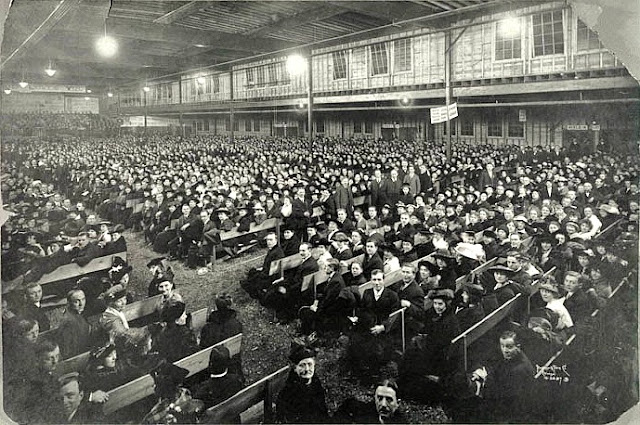






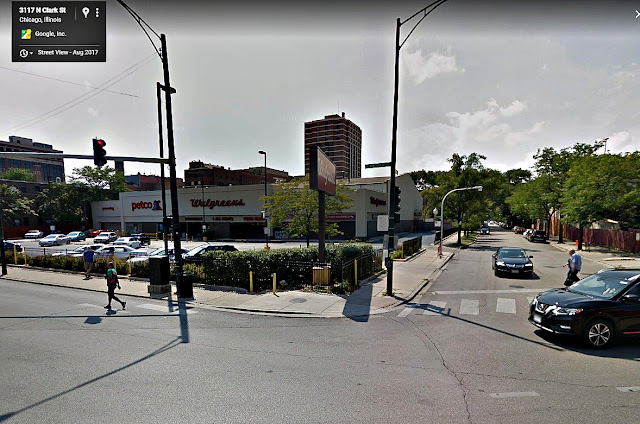
























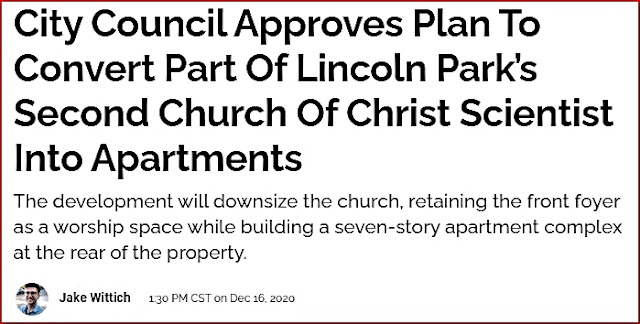


































.jpg)
















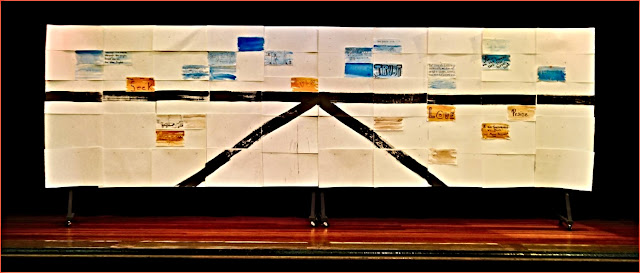


























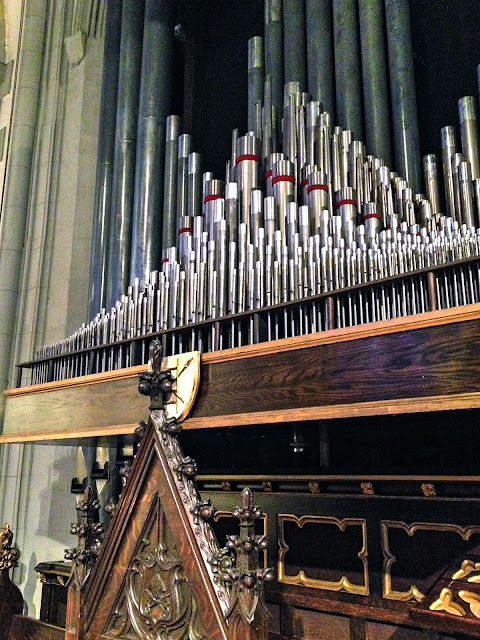













































No comments:
Post a Comment